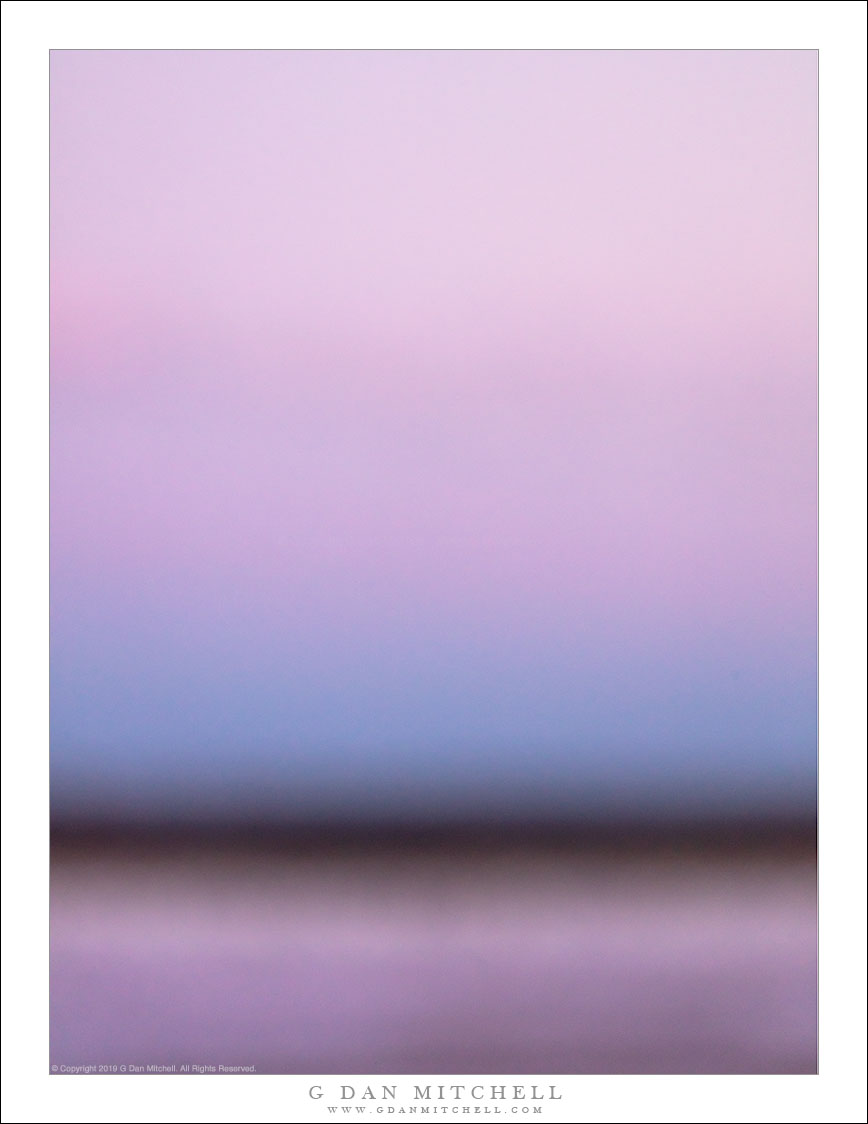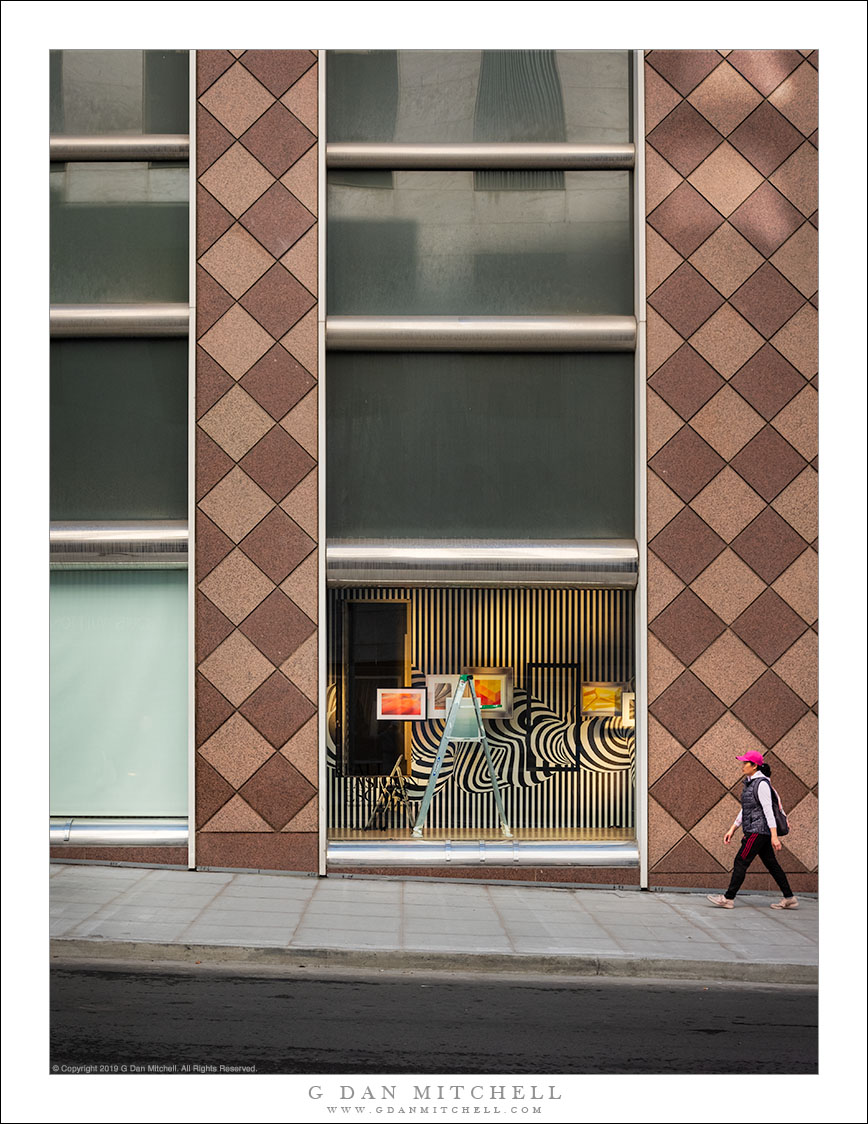
Aspen Grove, Late Afternoon. © Copyright 2019 G Dan Mitchell – all rights reserved.
Late afternoon light on an Eastern Sierra Nevada autumn aspen grove,
Later in the Sierra Nevada aspen color transition many of the groves in this area had already lost their leaves — as you can see if you look towards the more distant trees. But the foreground trees were in that wonderful stage where there are still plenty of colorful leaves, yet enough of them have fallen to more clearly reveal the white aspen trunks. The late-afternoon side light, coming in low over the nearby Sierra crest, helped to make the leaves glow, too.
As I work my way toward the end of this year’s eastern Sierra fall color photography I’m thinking back on the nature of this season. Although the general contours of the color transition are often rather similar from year to year (aside from some of our recent extreme drought years) there are fascinating differences, too. Late in the summer this year I saw a lot of very healthy-looking aspen, probably as a result of two very good water years. That led me to expect that we the colors might be more spectacular than usual. In the end, there was plenty of wonderful color, and I managed to find it in some new-to-me locations… but the transition was unusual and overall not the most spectacular I have seen. It seemed to start a bit early and, to my surprise, in more places than usual I found trees that dropped leaves early. This grove is an example — in a more typical year most of the trees would likely have been in peak color when I made this photograph. No matter… one of the beauties of autumn aspen trees is that there are so many ways to photograph them, and if you don’t get vast groves of wild colors you may find another kind of beauty.
G Dan Mitchell is a California photographer and visual opportunist. His book, “California’s Fall Color: A Photographer’s Guide to Autumn in the Sierra” is available from Heyday Books and Amazon.
Blog | About | Flickr | Facebook | Email
Links to Articles, Sales and Licensing, my Sierra Nevada Fall Color book, Contact Information.
All media © Copyright G Dan Mitchell and others as indicated. Any use requires advance permission from G Dan Mitchell.



